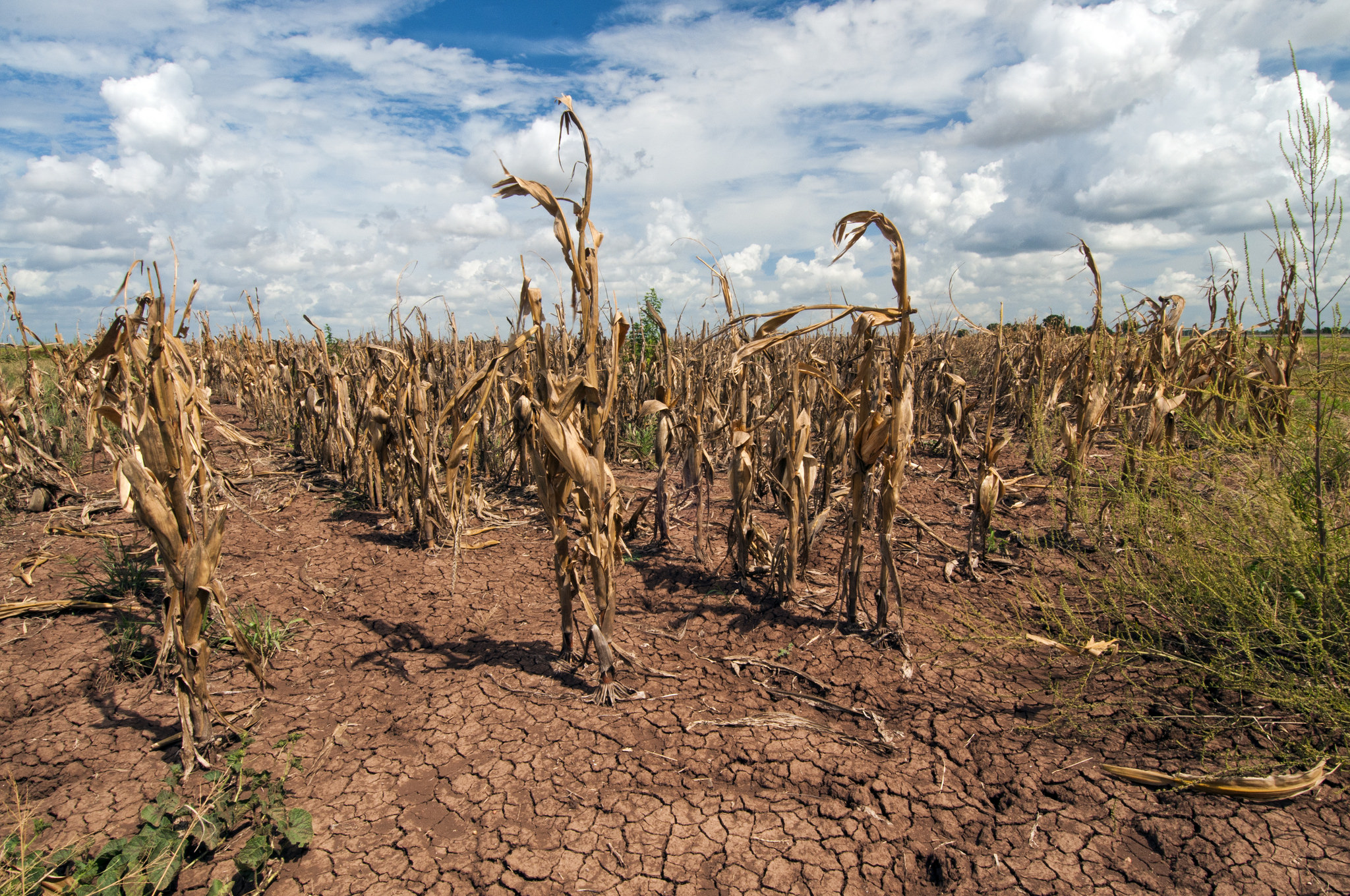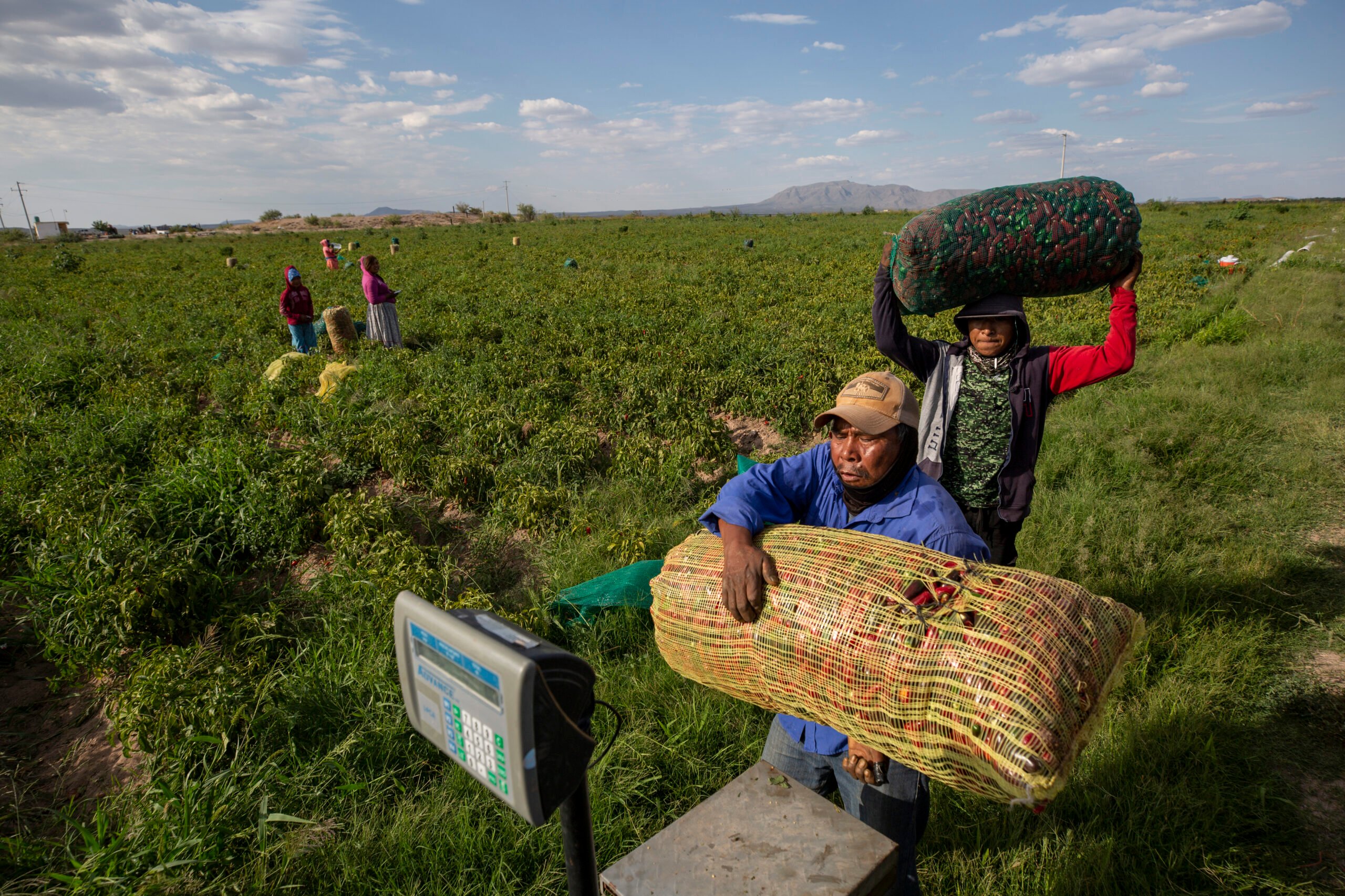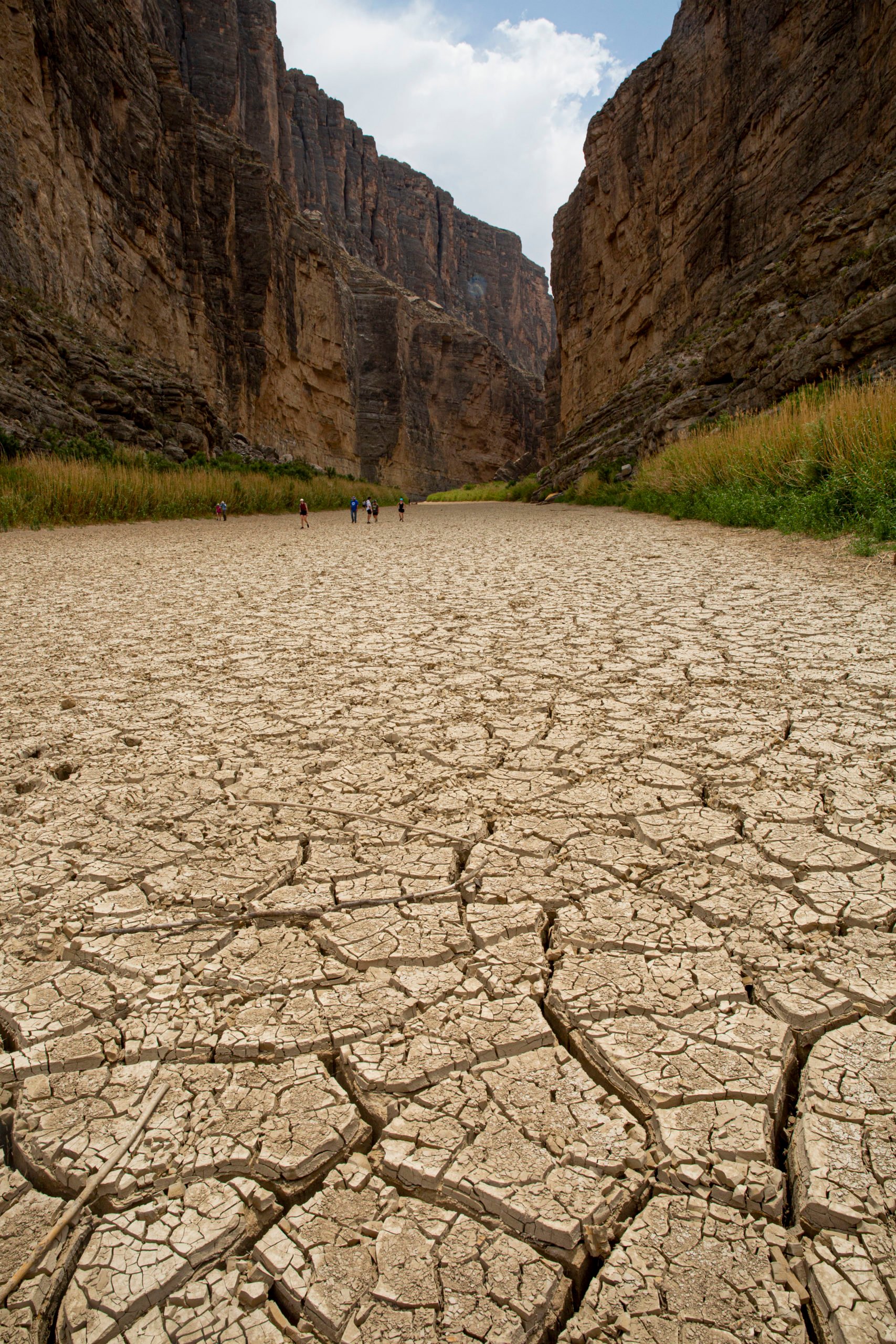
In Washington, D.C., Republicans are Writing the Recipe for a Smoldering Panhandle
A plan to increase the number of acres enrolled in the Conservation Reserve Program but cut staff to enforce program rules spells trouble for the fire-prone region.

Above: Prescribed burns, such as the one shown here on the Gray/Wheeler county line, are an important tool for managing conservation lands. But due to lack of oversight, not all farmers abide by USDA land maintenance rules.

If you thought wildfires in the Texas Panhandle were bad before, just wait. Proposed changes to a U.S. Department of Agriculture land conservation program, combined with possible USDA staffing cuts and a warming climate, could be a deadly combination for one of the state’s most fire-prone regions.
Last year, a series of grass fires ripped through Potter, Gray, Wheeler and other Panhandle counties, scorching more than 500,000 acres and killing four people. But an Observer investigation found that Mother Nature wasn’t solely to blame for the monster fires — they were exacerbated by a land conservation program overseen by the USDA that pays landowners by the acre for not cultivating farmland in an attempt to prevent soil erosion and increase biodiversity. That’s all well and good, but poor management and enforcement of the Conservation Reserve Program, as it’s known, is literally providing fuel for the fires.
Some landowners enrolled in the Conservation Reserve Program don’t abide by USDA contract provisions requiring them to periodically mow or burn the CRP grasses. Morgan Russell, assistant professor and range specialist at the Texas A&M AgriLife Extension Service, called unmanaged CRP plots “a tinderbox waiting to ignite, especially when we have major wildfire conditions.”
The draft of the 2018 Farm Bill — the sprawling, $87 billion omnibus legislation that funds commodity crop price supports, food stamps and a wide range of other farm and nutrition initiatives — would ramp up CRP enrollment from 23.4 million to 29 million acres by 2019. At the same time, Donald Trump’s USDA wants to slash staffing by 8,000 employees, including those in the Farm Service Agency, the department that inspects CRP plots and fines landowners who don’t abide by land management rules. The agency already struggles to ensure compliance with CRP rules, a 2014 Inspector General review found.
Morgan Russell, assistant professor and range specialist at the Texas A&M AgriLife Extension Service, called unmanaged CRP plots “a tinderbox waiting to ignite, especially when we have major wildfire conditions.”
If the proposed acreage and staffing changes go into effect, Texans could be faced with more unmanaged vegetative growth in fire-prone areas with fewer government employees to hold landowners accountable. What could possibly go wrong?
Also consider that a warming planet raises the specter of “accelerated wildfire activity” in the Great Plains, according to the EPA. Rising temperatures stand to sap more of what little moisture accumulates in the region. The city of Amarillo has seen only a trace of rainfall since October 13, and this week the U.S. Drought Monitor designated about one-quarter of the Panhandle as facing an “exceptional” drought. On average, groundwater levels in the High Plains Water District dropped by almost 2 inches in 2017 compared to the previous year. A nearly 7-foot drop was recorded in Castro County, where water from the Ogallala Aquifer is pumped en masse to irrigate corn.
There’s been a steady drumbeat of wildfires in the Panhandle so far this year. Eight hundred acres here. Fourteen hundred acres there. Last week a wildfire chewed up at least 32,000 acres in Gray County, prompting road closures and a voluntary evacuation in the community of Alanreed. Just across the border, in Oklahoma, two fires scorched an estimated 350,000 acres last weekend, killing 100 beef cattle.
The Texas Panhandle hasn’t yet seen the Big One in 2018. But as Amarillo Emergency Services Manager Chip Orton told the Amarillo Globe News in March: “I’ll be honest — we’re waiting for that one.”


